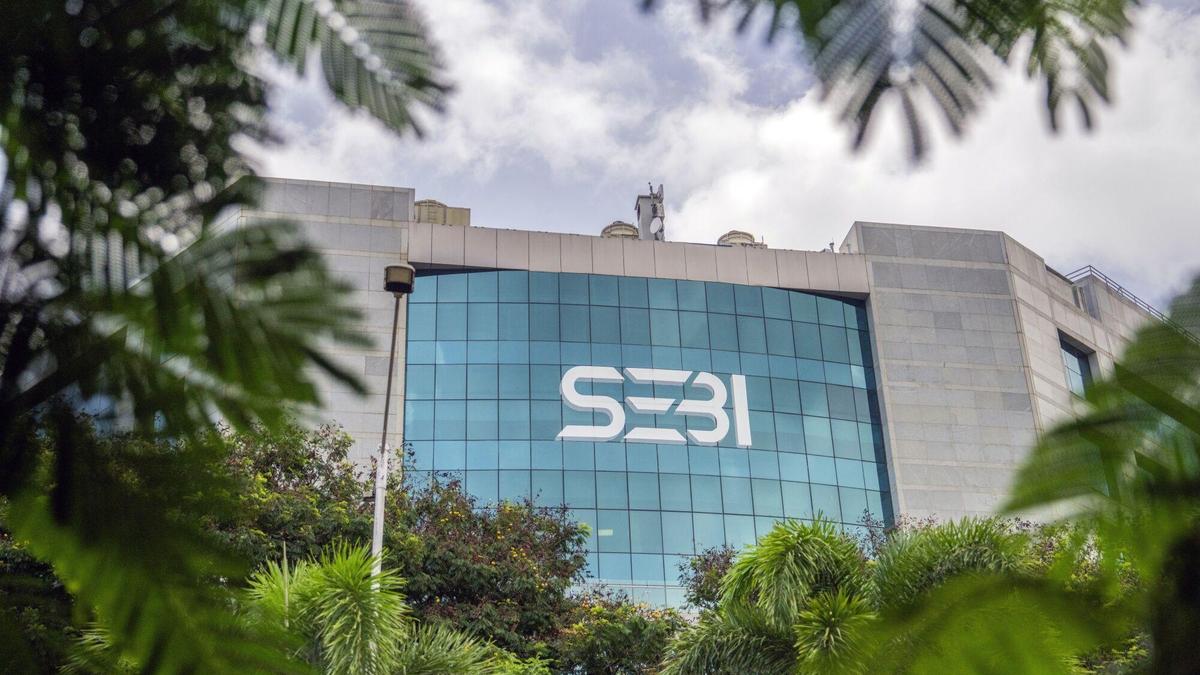
SEBI’s new derivative rebalancing timelines for Bank Nifty are set for December 31, 2025, aiming to significantly reduce concentration risk. This directive impacts fund performance and trading strategies.
These changes are crucial for investors and traders, as adjusted index constituents will affect fund performance and necessitate revised trading strategies for better balance.
SEBI mandates a minimum of 14 constituents, a 20% cap on the top constituent, and a 45% cap on the top three, implemented progressively.
This analysis delves into the implications and timelines.
Expert Market Analysis
SEBI’s recent directives on derivative contract rebalancing for key indices like Bank Nifty, Bankex, and Fin Nifty represent a strategic initiative to enhance market stability and mitigate concentration risk. This proactive measure, targeting a December 31, 2025, deadline for comprehensive implementation, aims to foster a more diversified and robust derivative market ecosystem. The regulatory shift is driven by the need to prevent undue influence by dominant constituents, thereby providing a more accurate reflection of the underlying sector’s health and improving the predictability of index movements. The phased implementation across various indices acknowledges the operational complexities for market participants, particularly fund managers who will need to adjust their portfolios and Assets Under Management (AUM) to align with the new prudential norms. These norms include a minimum of 14 constituents, a stringent 20 percent cap on the weight of the single largest constituent, and a combined 45 percent cap on the top three constituents. This approach, mirroring international trends towards diversification, underscores SEBI’s commitment to transparency and systemic risk reduction in the Indian securities market.
From a fundamental analysis perspective, the revised eligibility criteria for derivative contracts signify a pivotal move towards greater index stability. By capping the influence of heavyweight stocks, SEBI is actively encouraging the inclusion of a broader spectrum of companies, thus ensuring that indices more accurately reflect the performance of the entire sector, rather than a select few dominant players. This is expected to enhance the attractiveness of these derivative products for a wider investor base, including institutional investors seeking diversified exposure. The iterative weight adjustment process, where excess weight from top constituents is systematically redistributed to smaller ones, is designed to ensure a smooth and orderly transition, minimizing market disruption. While direct financial metrics like P/E ratios or EBITDA margins for individual companies are not altered by this regulation, the aggregate impact on fund performance and the risk profiles of derivative instruments will be substantial. For instance, funds tracking Bank Nifty might experience adjusted performance metrics as the dominance of top banking giants is diluted, potentially creating opportunities for mid-cap banking stocks and contributing to overall index stability.
Comparing these impending changes with global benchmarks reveals a consistent trend towards diversification mandates in developed and emerging markets alike. Many international indices already incorporate weight concentration limits to prevent single-stock dominance, ensuring broader market representation. Within India, while benchmark indices like the Nifty 50 and Sensex undergo regular market capitalization-based rebalancing, SEBI’s focused approach on derivative contracts for indices like Bankex and Fin Nifty highlights a targeted strategy. Competitors offering similar derivative products will be compelled to align with these enhanced norms, likely leading to a standardization of best practices across the Indian derivatives market. The impact on companies within the banking and financial services sector is expected to be varied. Larger, established players might see a slight reduction in their index weight, while mid-sized entities could witness an increase in their representation, fostering a more competitive and dynamic landscape.
The expert takeaway from these SEBI directives is overwhelmingly positive, emphasizing enhanced market stability and a significant reduction in risk for investors. Market analysts suggest that while the transition may necessitate short-term portfolio adjustments, the long-term benefits of reduced concentration risk will be substantial. Retail investors are likely to find the adjusted indices more representative of the broader financial sector’s performance, potentially leading to more predictable returns from index-linked products. Institutional investors will appreciate the diminished risk of disproportionate impact from individual stock movements. Key events to monitor will be the exact implementation dates and the subsequent performance of the rebalanced indices. For traders, a thorough understanding of the new constituent weights and their potential impact on volatility will be crucial for devising effective trading strategies, especially around rebalancing periods. The overall sentiment points towards a more balanced and resilient derivative market in India, with SEBI’s proactive measures bolstering investor confidence.
Related Topics:
Bank Nifty Rebalancing, SEBI Guidelines 2025, Derivative Contracts India, Index Concentration Risk, Bankex Norms, Fin Nifty Analysis, Financial Market Stability, Indian Derivatives Market, Fund Performance Impact, Trading Strategy Adjustments

